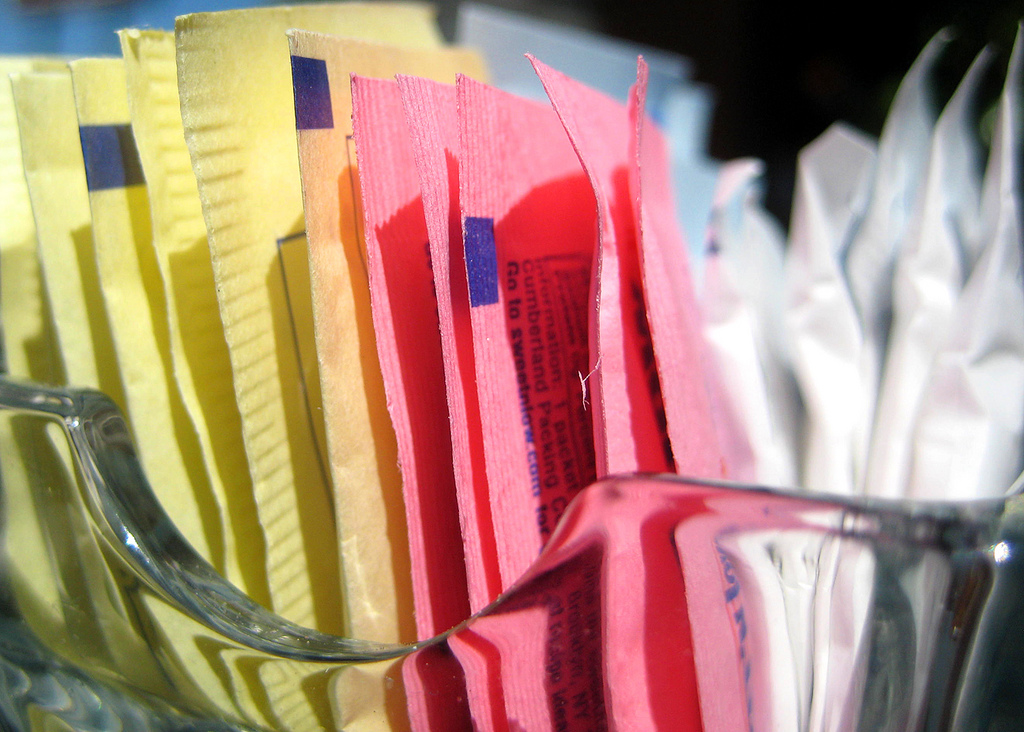
Japan-based D&T Farm has come up with what it calls the "freeze thaw awakening method" to grow a special kind of banana. Unlike normal bananas, the ones grown with this method are said to have a softer and more digestible peel. Indeed, they are said to be soft and thin enough to be eaten directly as part of the banana itself. So once you eat them over regular bananas, you'll be that much fuller.
According to a spokesman from the farm, their work on the method was based on previous research conducted by another expert on the subject of growing bananas. "It was created following research conducted by Setsuzo Tanaka," they said in an e-mail statement, "who worked on this for a long time as a hobby."
The farm added further, "The motivation for its development was the fact he wanted to eat a banana that was delicious and safe: people can eat the peel because it is cultivated organically without chemicals."
Indeed, these special bananas – referred to as Mongee bananas by D&T farm – are safer for consumption compared to regular bananas. In an effort to understand just how serious they are, a team of reporters from SoraNews24 put D&T Farm's claims to the test. They went out to a store that sells the Mongee bananas in Okayama, a Japanese prefecture that's located halfway between Hiroshima and Kyoto. They then performed detailed taste tests with their in-house news crew.
According to D&T, their special bananas aren't ready to be eaten until they show tiny brown dots on their banana peels. Evidently, these signify ripeness, so the reporters waited for the dots to appear before conducting their taste tests. They decided not to eat the Mongee bananas directly, peel and all, and instead treated them just like regular bananas to get a taste for the actual fruit itself before eating the peels.
The team described the fleshy innards of the banana as having "a very strong tropical flavor," one that is almost "pineapple-like" in taste.
"It's definitely not a normal banana," they said in their report. Meanwhile, the peels were described as "relatively thin" which made the Mongee bananas "reasonably edible-looking."
After trying to eat the edible banana skin, the team found that it was "fairly easy to eat," and that there was "no strange texture" -- perhaps owing to how thin it is. Surprisingly, there wasn't much flavor to the skin compared to the sweetness of the actual banana, said the team, but at least it lived up to the claim that it could be eaten.
Rather strangely, the team wanted to compare the Mongee banana peel's edibility with that of actual, regular banana peels.
"But that was a mistake," they admitted, saying, "it was far too tough and fibrous, and the flavor was far more bitter and astringent." On top of that, regular banana peels are likely covered in chemicals, so they recommended against eating them in general as part of their conclusion.
With all of that said, because D&T farm created their Mongee bananas through artificial means, there could a risk that they could be harmful to humans if eaten. They haven't been available long enough for thorough research on their long-term effects to be available, but as with all genetically-modified foods, they could have unknown harmful effects to the body.
Currently, the Mongee banana's availability is limited only to Japan, and it costs a rather hefty 648 Japanese yen or a little over $6. If you think that price is worth paying over having to peel your bananas yourself, then you can either look for it in Japan or join others in waiting for D&T Farm to start exporting it to other regions at some point in the future.
To read more articles on weird food creations like this, go to WeirdScienceNews.com.
Sources include:
Please contact us for more information.


















